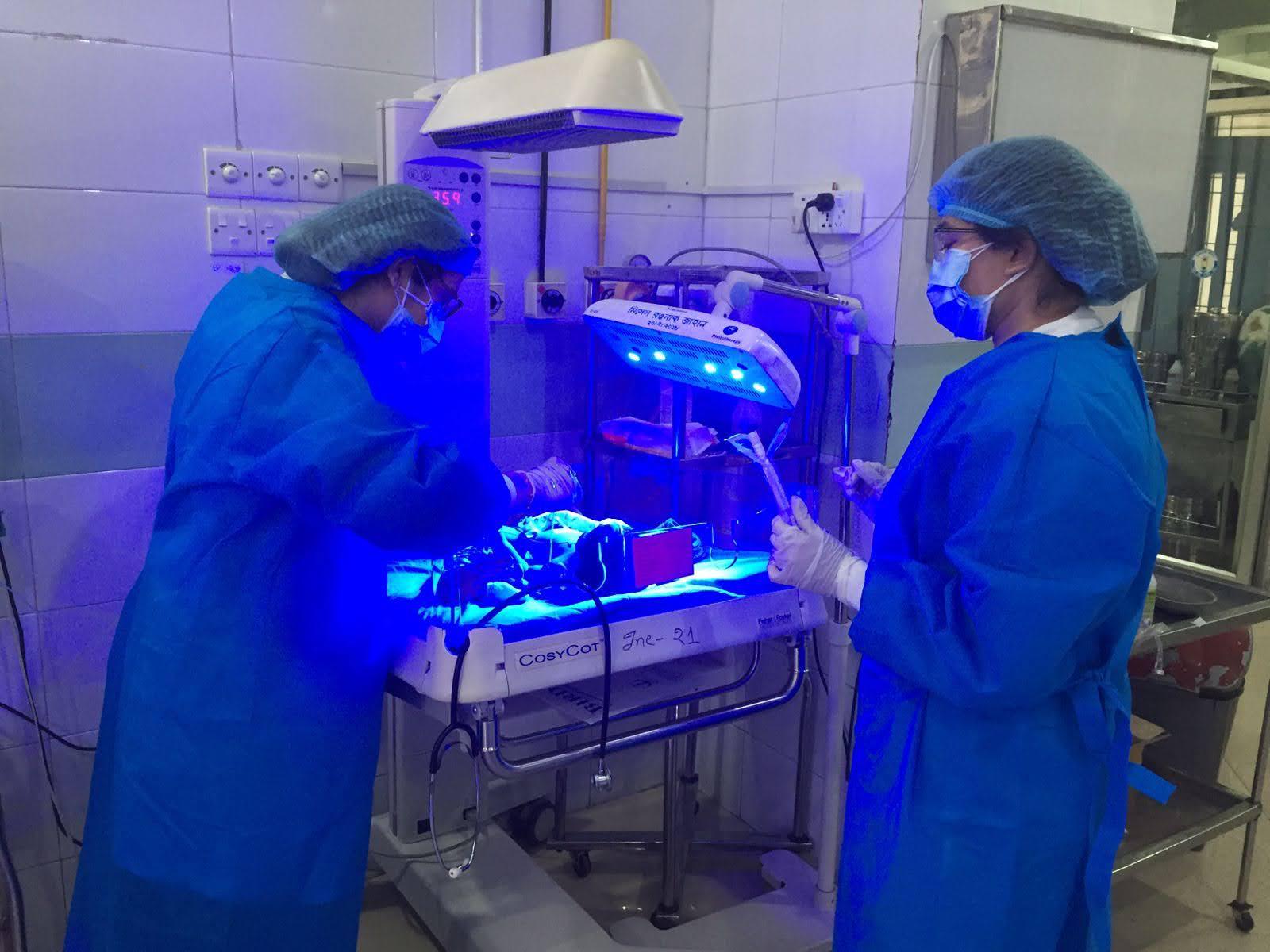


A silent threat is lurking in Bangladesh’s neonatal intensive care units – a fungus called Candida auris, which experts are calling a hospital-associated ‘superbug’. New research from ICDDR,B shows that the fungal infection is occurring regularly in NICUs, and the risk of death among those infected is alarming. The situation is so dire that researchers say effective control is not possible without chlorine-based disinfectants on hospital equipment and surfaces.
This information was revealed in a study by ICDDR,B recently published in the journal Microbiology Spectrum. This information was announced in a press release sent to the media on Sunday (November 9).
Hospital-associated infections (HAIs) are a long-standing public health problem in low- and middle-income countries, including Bangladesh. Candida auris is now the most talked-about name due to its rapid spread and high mortality rate. This fungus, which can live on human skin without causing any symptoms, often enters sterile areas such as the blood and causes life-threatening infections.
The study, conducted in collaboration with IEDCR and funded by the CDC, was conducted at two tertiary level hospitals in Dhaka.
The researchers conducted the study on 374 newborns from August 2021 to September 2022. The results showed that Candida auris was found on the skin of 32 babies (9 percent). And one baby had an active infection in the blood. Of these 32, 14 were infected at the time of admission, while the rest became infected during their stay in the hospital – which makes it clear that the fungus is actively spreading in the NICU.
The study also highlights another important aspect. Of the 14 infected newborns, 13 had come from other hospitals or wards at the time of admission – suggesting that hospital-to-hospital transmission is also a major factor. Seven of the infected infants died, including the baby who had been infected through blood.
These results are consistent with another recent study by ICDDR,B, which found that Candida auris was not found in newly admitted patients from the local community, suggesting that the fungus primarily survives and spreads in the hospital environment.
The study also found that while only 9 percent of Candida auris isolates were resistant to multiple antifungals, 82 percent were resistant to fluconazole, a drug commonly used as a first-line treatment for fungal infections in the bloodstream, increasing the challenge of treatment.
The study also found that 81 percent of the affected newborns were born by cesarean section. Researchers believe that the longer hospital stay after cesarean delivery puts them at higher risk of infection.
Dr. Fahmida Chowdhury, Associate Scientist, Infectious Diseases Division, ICDDR, B, said, “This study provides important evidence of Candida auris infection among critically ill and at-risk newborns in the NICU. This is an essential step towards taking preventive measures, both administratively and in policy terms.”
Researchers have warned that the fungus can survive for a long time on various surfaces used in hospitals, including various equipment, bed rails, monitors, incubators, etc. Therefore, there is no option but to maintain regular cleaning with effective chlorine-based disinfectants. At the same time, they have also emphasized improving hand-washing habits among health workers.
Finally, the research team says that continuous surveillance of Candida auris infections in the NICU is now essential. Only then will it be possible to quickly identify and isolate infected newborns, prevent the spread of infection, and ensure the necessary antifungal treatment.